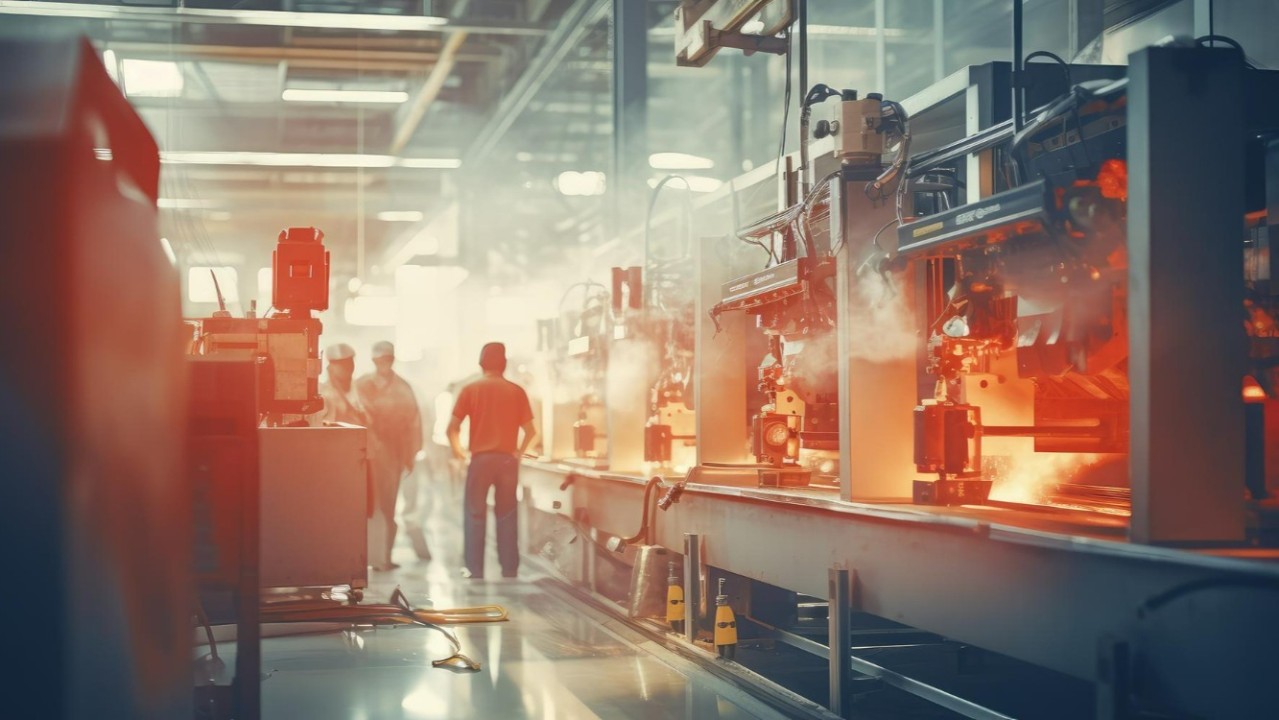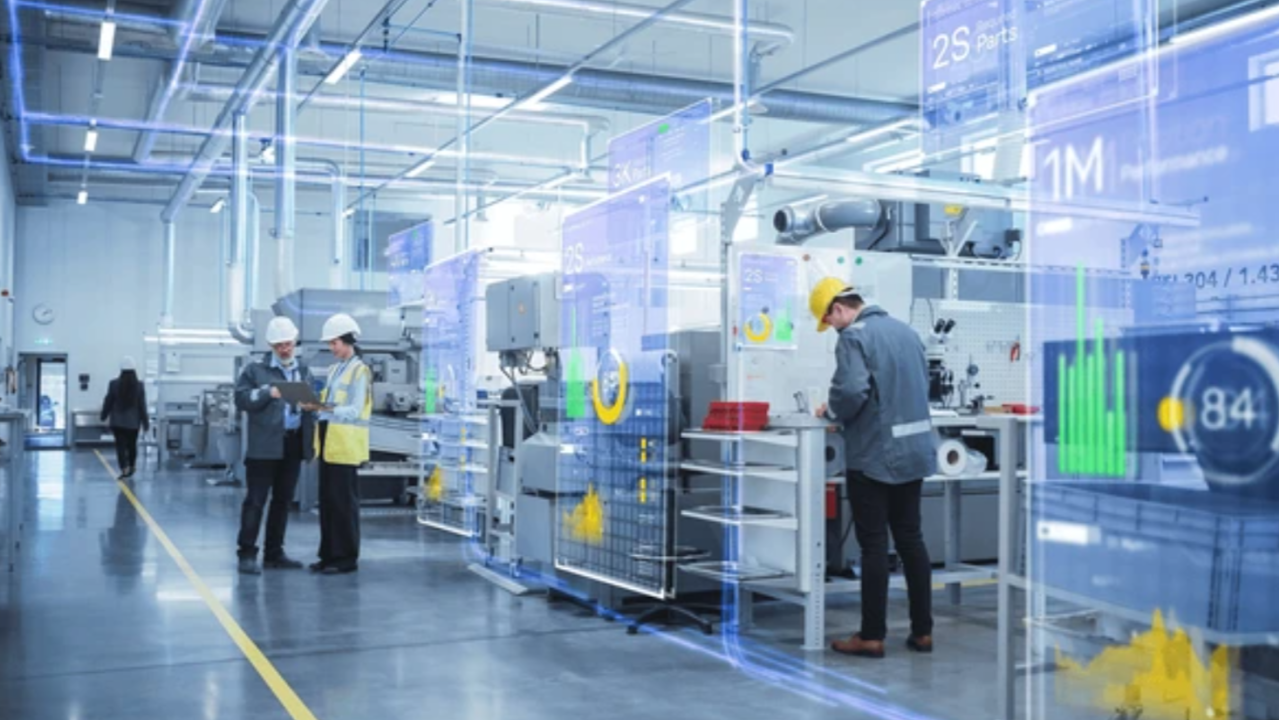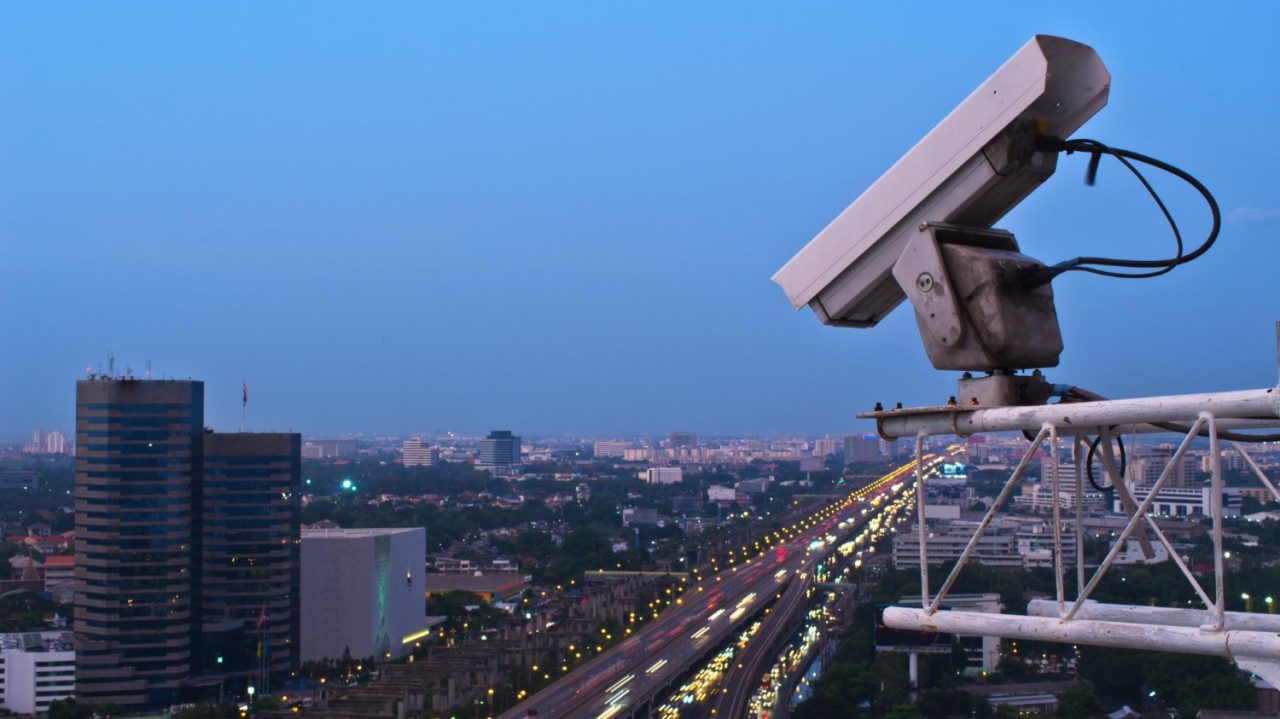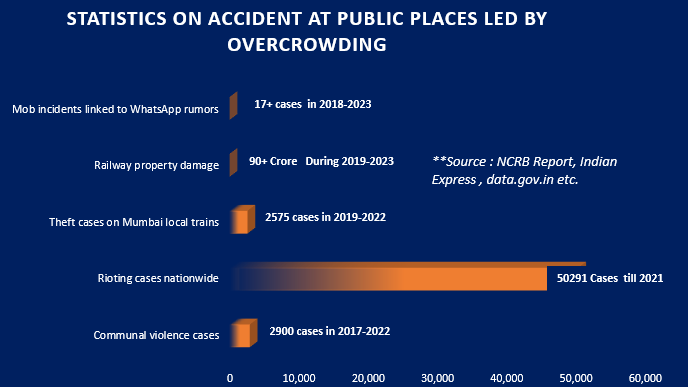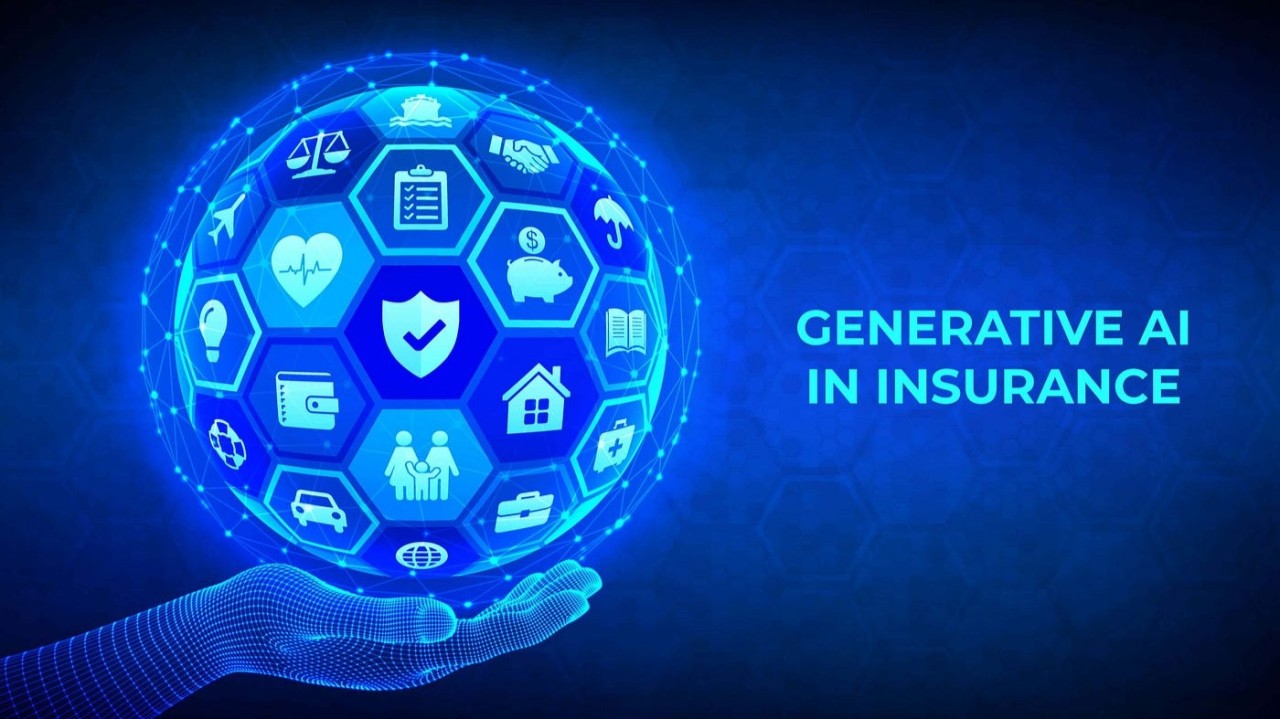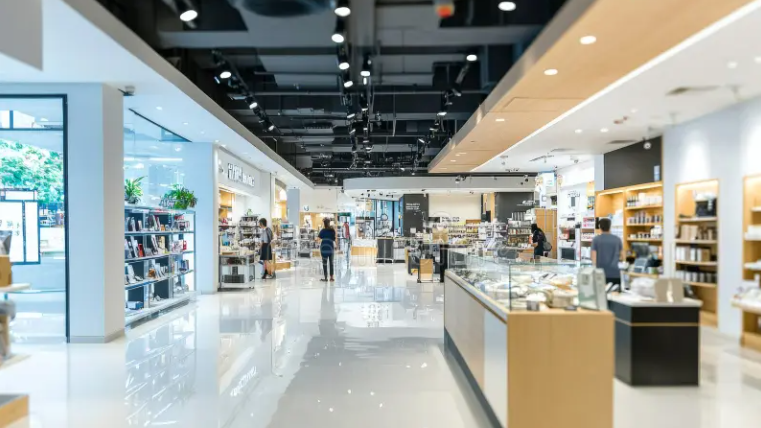Revolutionizing Continuous Industrial Processes: Innovative Approaches to Boost Efficiency and Performance
Industrial processes are the backbone of manufacturing and production. These processes transform raw materials into finished products through various steps such as mixing, heating, cooling, and refining, etc. The efficiency and effectiveness of these processes are crucial for maintaining high-quality production, reducing costs, minimizing waste, and minimizing the variance of the product. We have often heard about continuous processes and batch processes. In batch processing, production occurs in set quantities, with each batch going through the entire process before the next one starts. While effective for smaller-scale operations, batch processes can lead to inefficiencies and inconsistencies when scaled up. In contrast, continuous processes, where production flows non-stop, have become the cornerstone of many core manufacturing industries. The key objective of continuous processes is to enhance productivity, maintain product consistency, and reduce operational costs by minimizing downtime and maximizing resource utilization. Other common industrial processes are shown in the below image. Now, I am focusing on the continuous process which means production flows non-stop and has become the cornerstone of many core manufacturing industries. The Importance of Continuous Processes Unlike batch processes that handle materials in set quantities at specific times, continuous processes work non-stop, some of the key advantages are- Market Significance of Continuous Processes Continuous processes are vital in industries such as chemicals, petrochemicals, pharmaceuticals, and food and beverage production. The market for continuous processes is expanding as companies seek ways to improve efficiency, reduce environmental impact, and meet stringent regulatory standards. The global continuous manufacturing market is projected to grow significantly, driven by technological advancements and the increasing adoption of automation and digitalization. Key Challenges in Continuous Processes Despite their advantages, continuous processes face several challenges: Let’s take the example of the acetylene generation process which is continuous industrial processing, which is a valuable gas used in welding, Chemical synthesis, purification of nickel Etc. The production involves several key steps- Raw Material Handling Raw Material Charge Electric Arc Furnace Operation Tapping Cooling Grinding and Crushing Acetylene Generator Feeding Acetylene Generation in Closed Cycle Gas Scrubbing Drying Compression Storage Safety Monitoring and Control Maintenance and Inspection The image below outlines the acetylene production process- Key Challenges in Continuous Processes Despite its advantages, some of the major challenges are- In continuous industrial processes, data analytics is pivotal. As operations scale, the influx of data becomes a vital resource for overcoming key challenges. Leveraging predictive modelling, anomaly detection, and machine learning algorithms, we can enhance quality control, ensure equipment reliability through predictive maintenance, and stabilize product grades using real-time process adjustments. These data-driven techniques transform potential risks into actionable insights, enabling dynamic process optimization and minimizing inefficiencies. In a data-intensive environment, the ability to convert raw data into actionable strategies is crucial for maintaining and advancing continuous operations. Logical Framework for Data-Driven Decision Making Generally, the logical framework similar to the image shown below- Using the attached figure as a reference, the logical framework for data-driven decision-making involves several key stages: Logical Framework in Data-Driven Decision Making Let’s dive into data analytics and how it can make the impact in the continuous industrial process at different stages- Raw Material Charge Electric Arc Furnace Tapping Cooling Crushing and Breaking Acetylene Generator The application of data analytics and machine learning (ML) can significantly enhance the efficiency and quality of continuous processes. By analyzing data from various stages, from raw material charge to acetylene generation, ML models can predict and optimize process parameters, stabilize product quality, and minimize losses. For example: At Valiance Solutions , we specialize in leveraging advanced AI and machine learning technologies to address the unique challenges faced by continuous process industries. Our deep-tech solutions are meticulously designed to enhance efficiency, ensure quality, and reduce costs across various industrial processes. Whether it’s optimizing acetylene generation or improving any other critical operation, our expertise can transform your workflows and drive significant improvements. Partner with us to harness the power of data and AI for a smarter, more efficient future. Our solutions incorporate cutting-edge technologies such as predictive analytics, real-time process monitoring, and adaptive control systems, enabling precise optimization and robust performance management. With Valiance Solutions , you gain access to state-of-the-art machine learning algorithms and advanced data processing techniques, ensuring your operations are always at the forefront of innovation.

